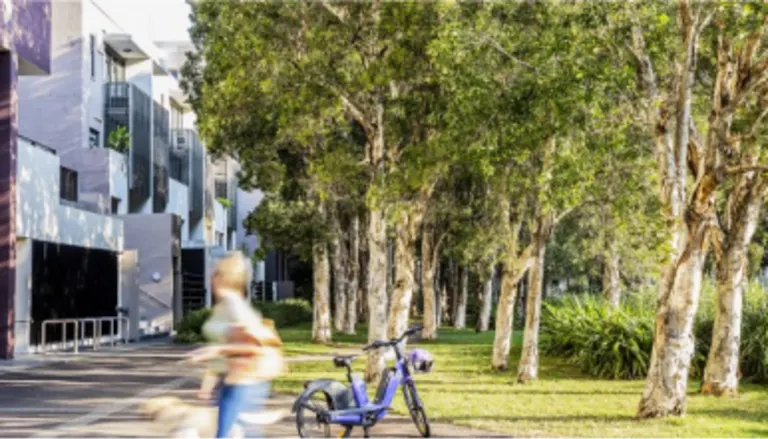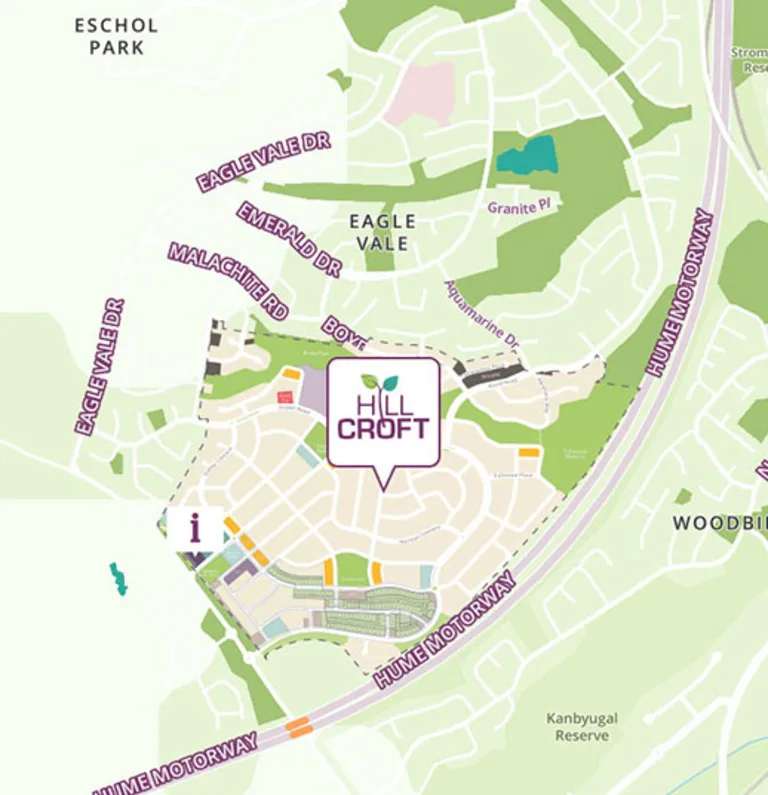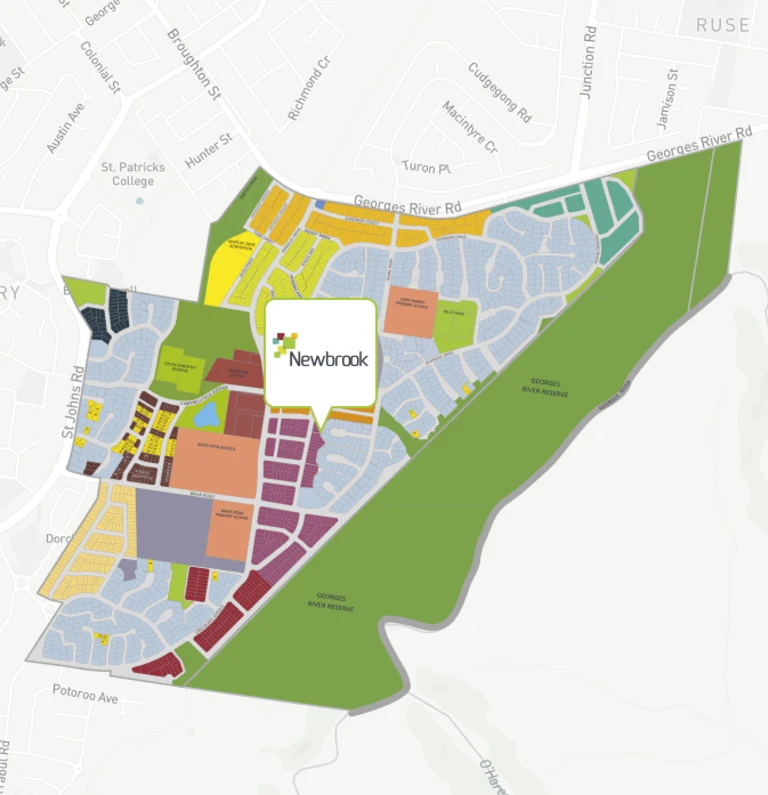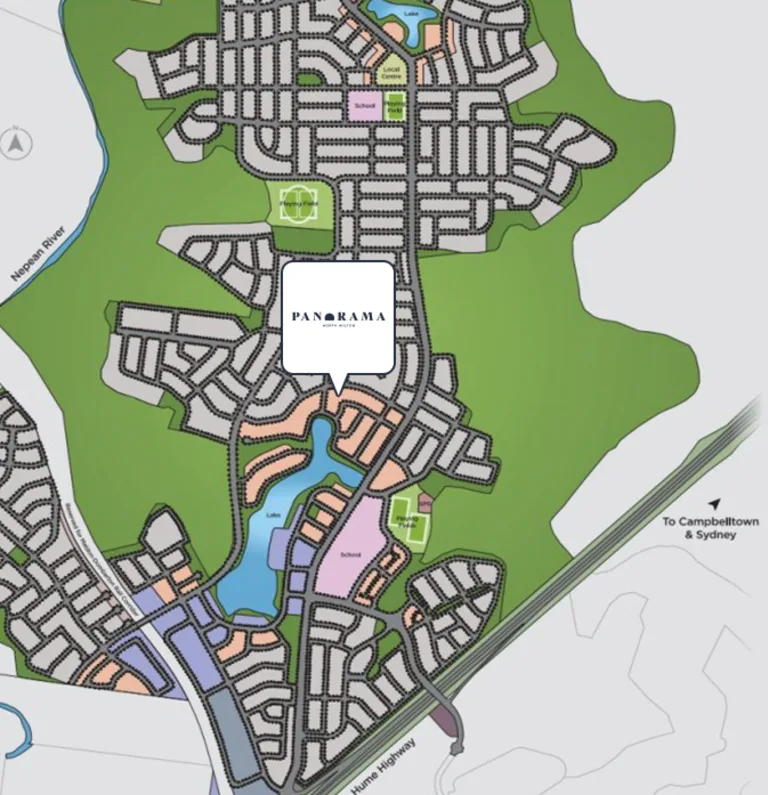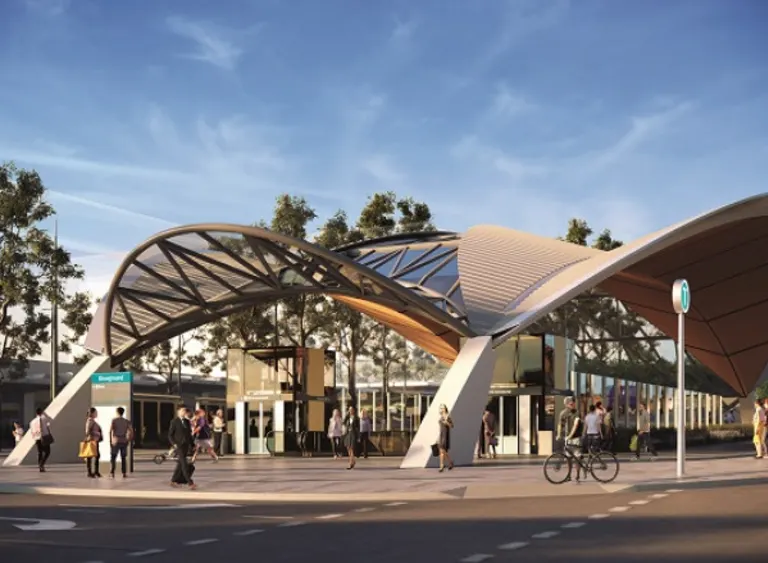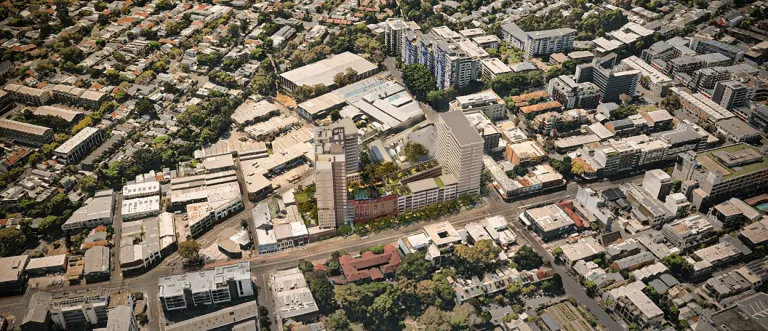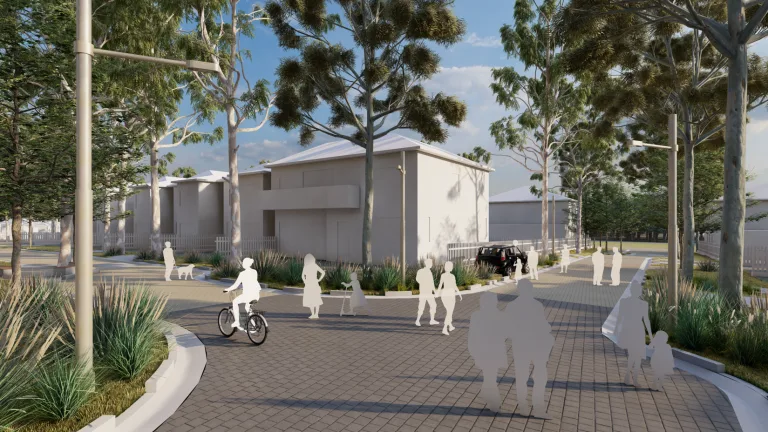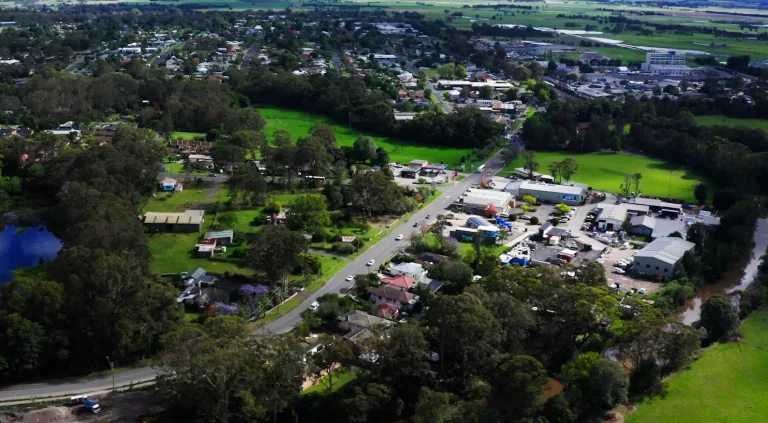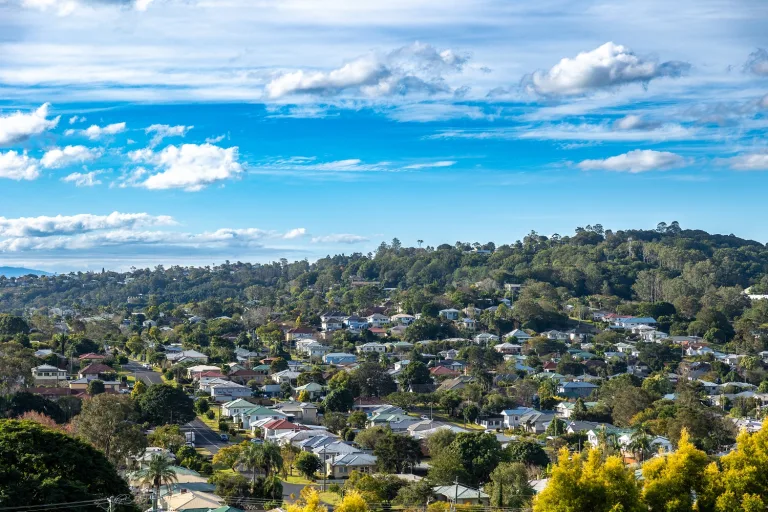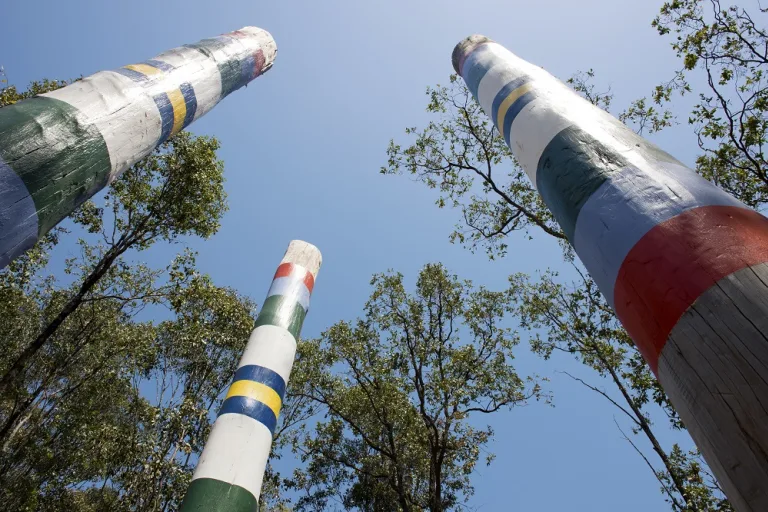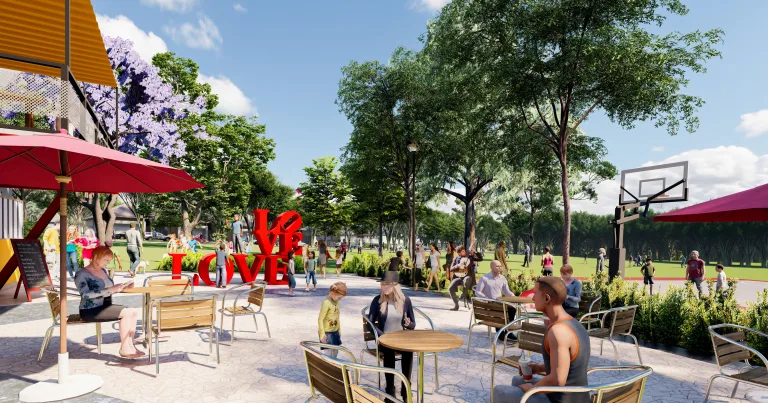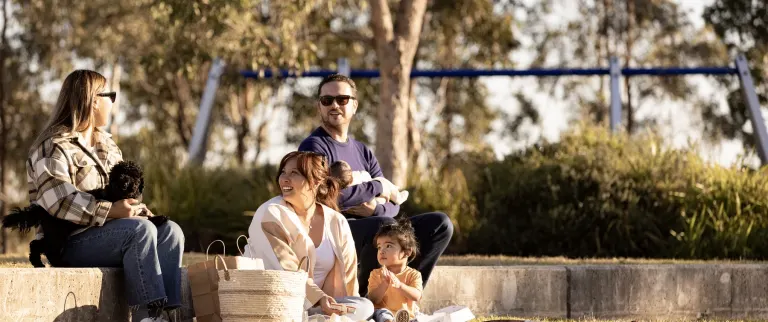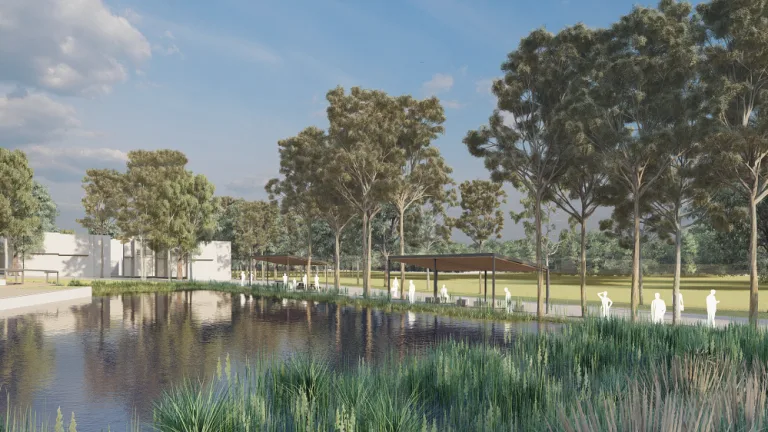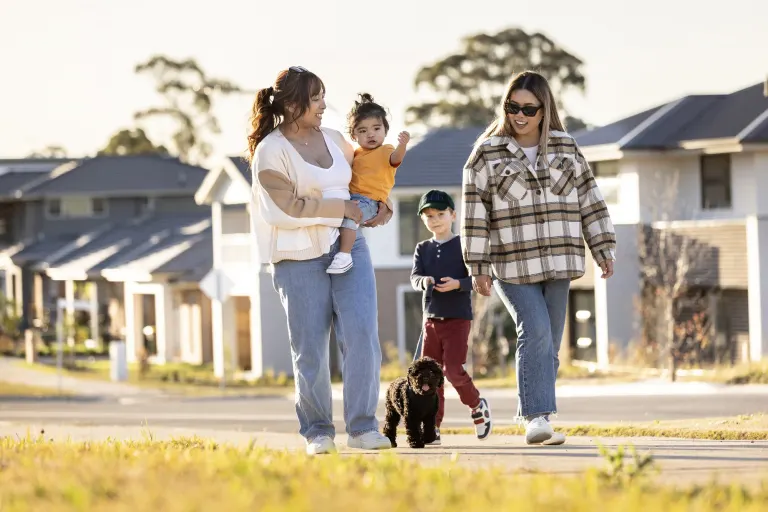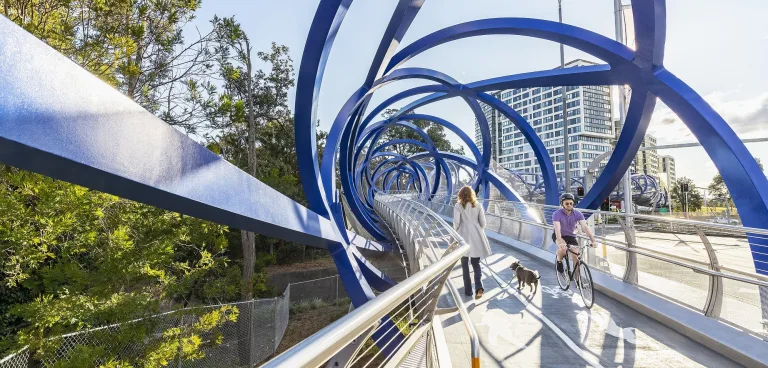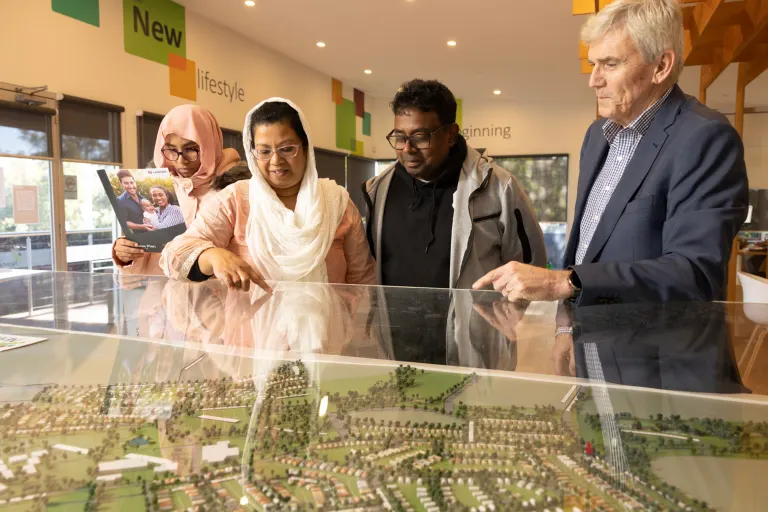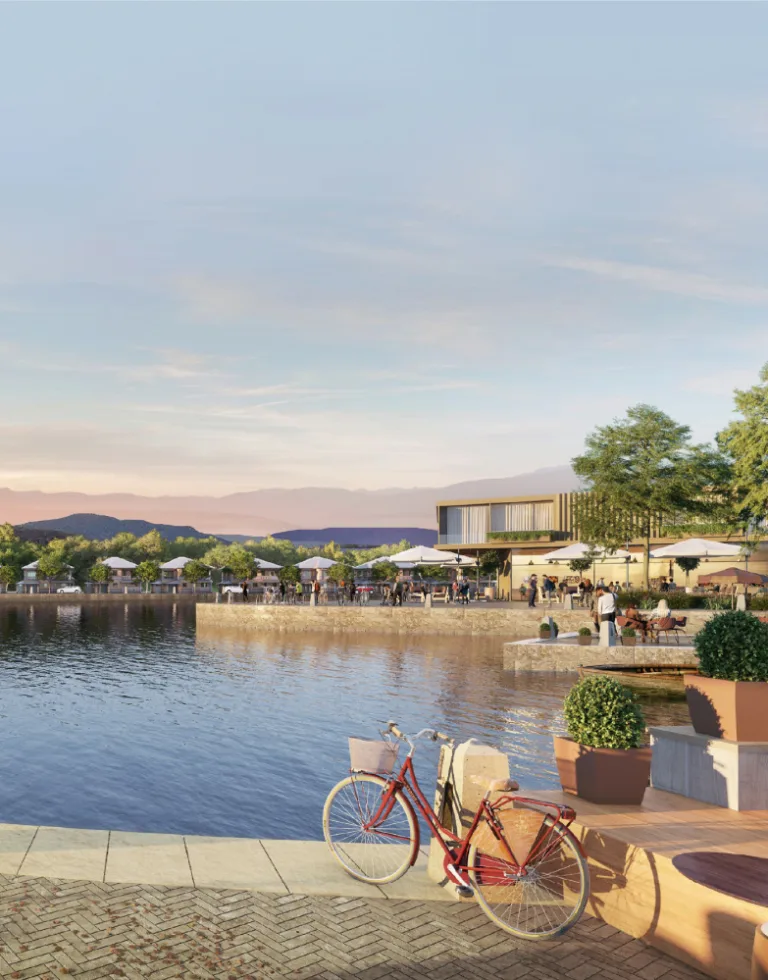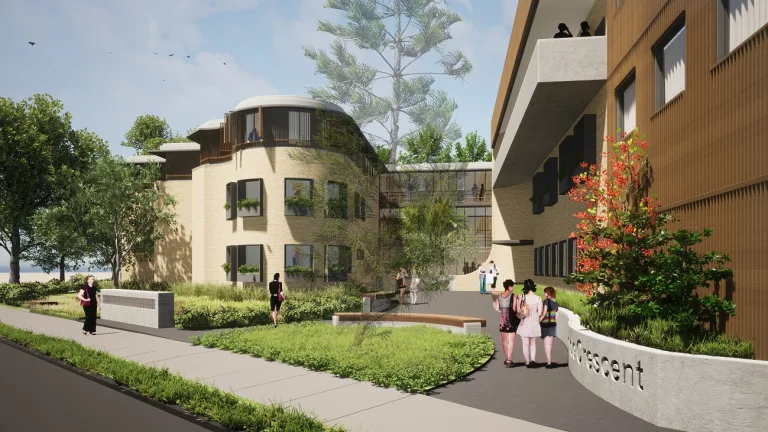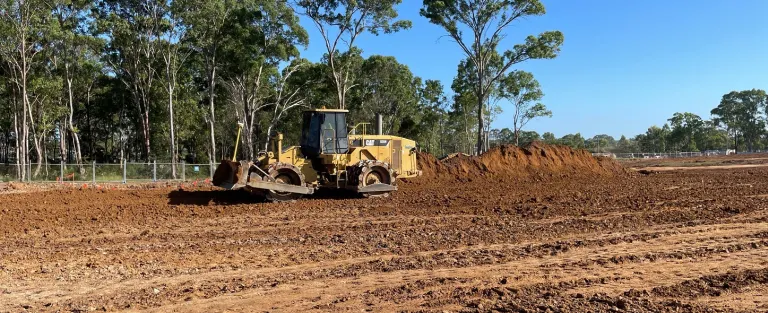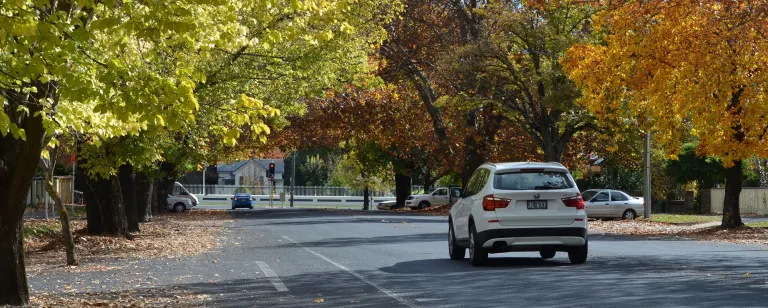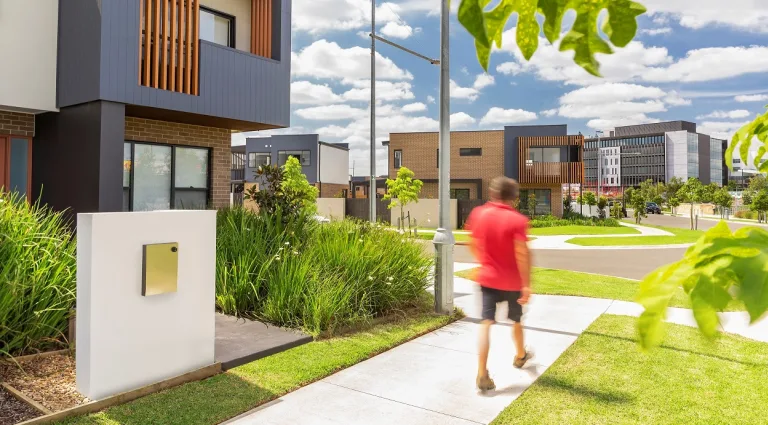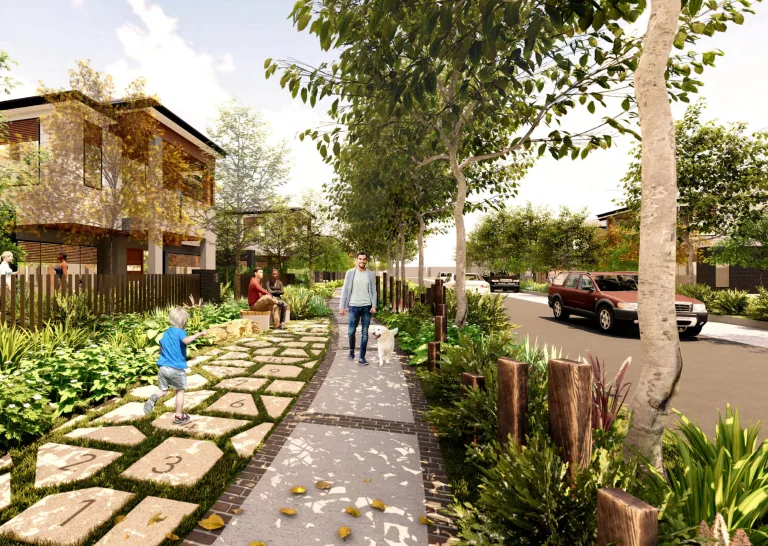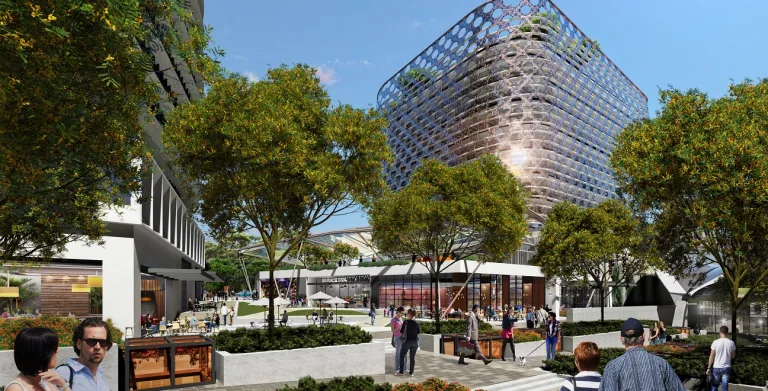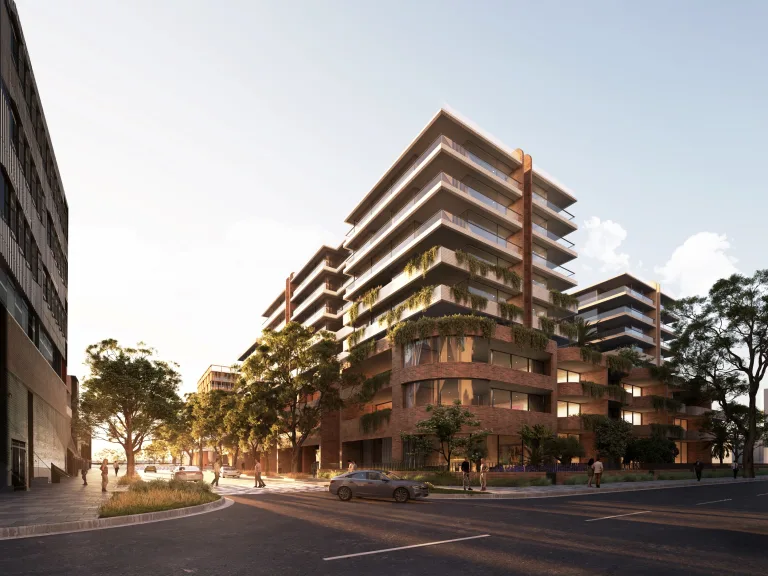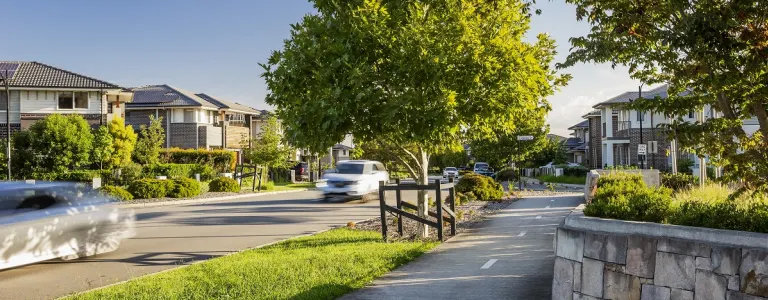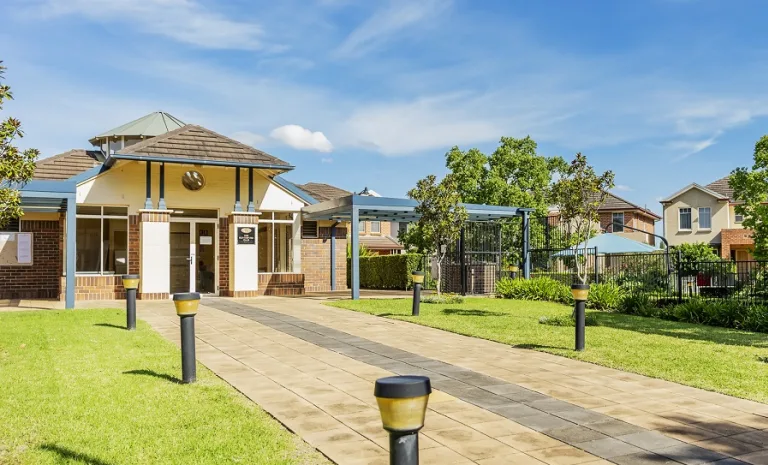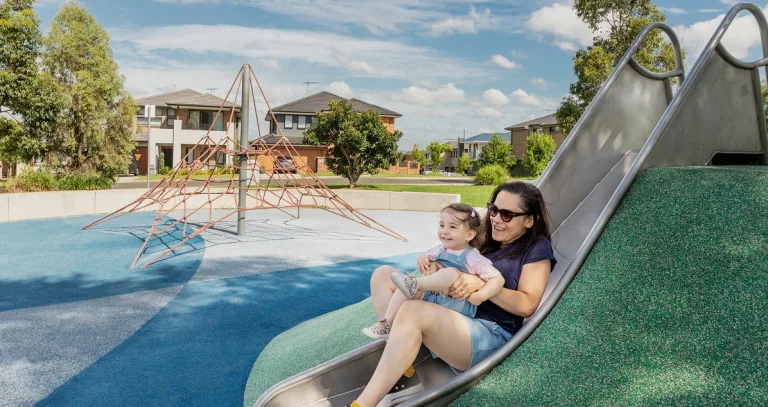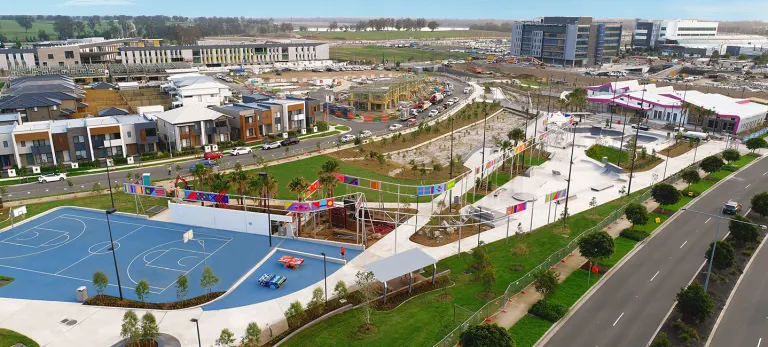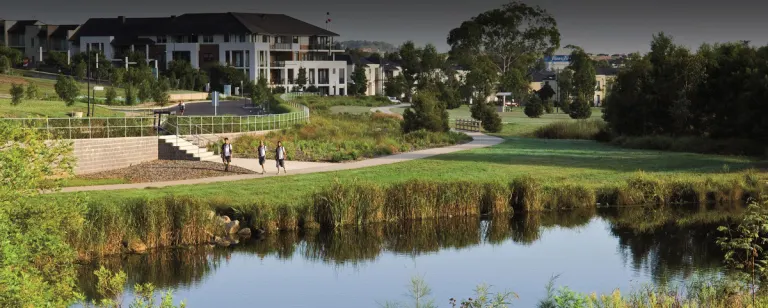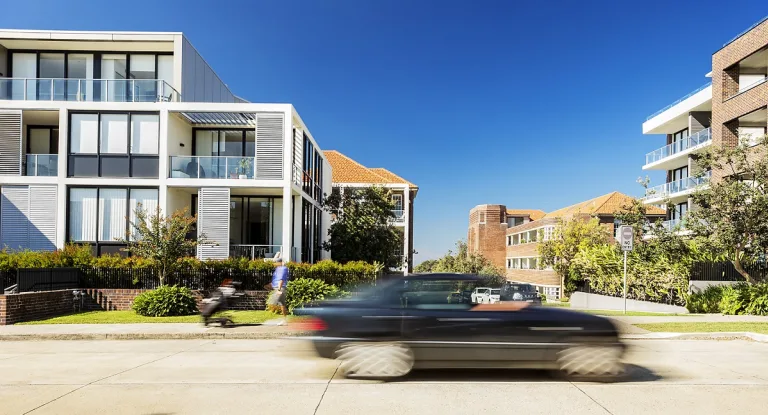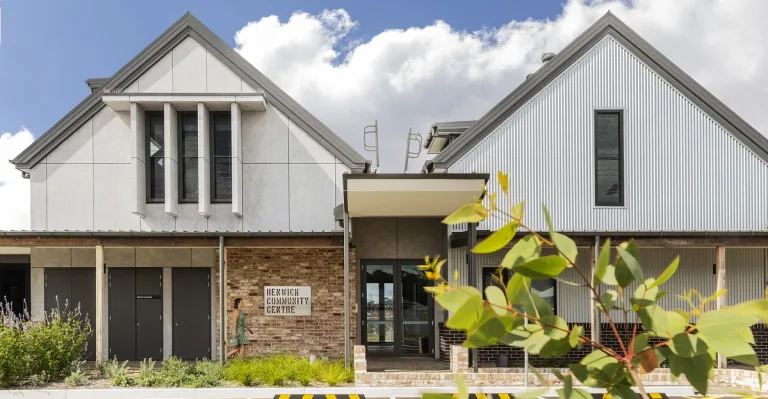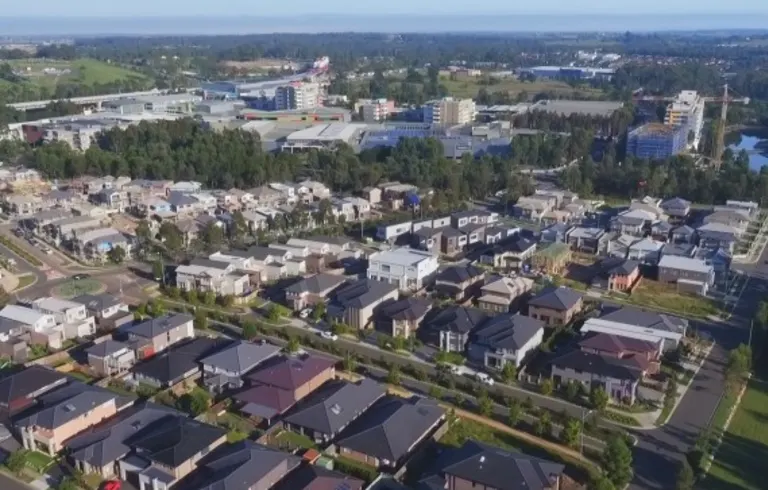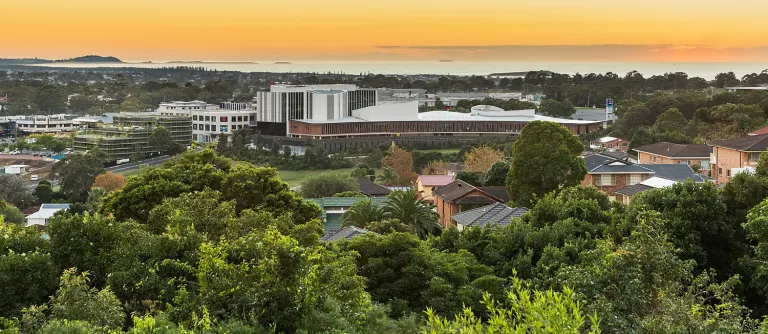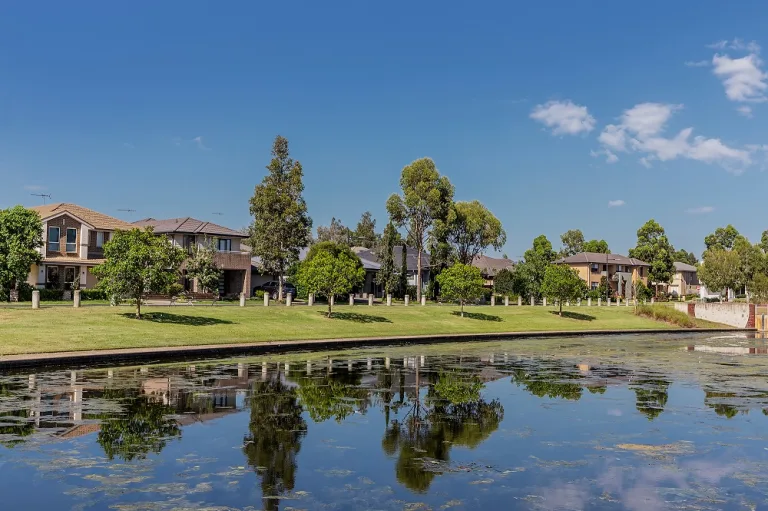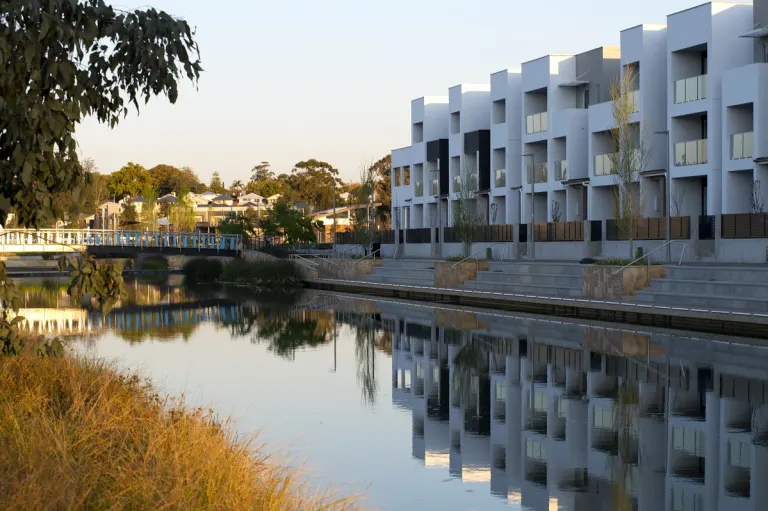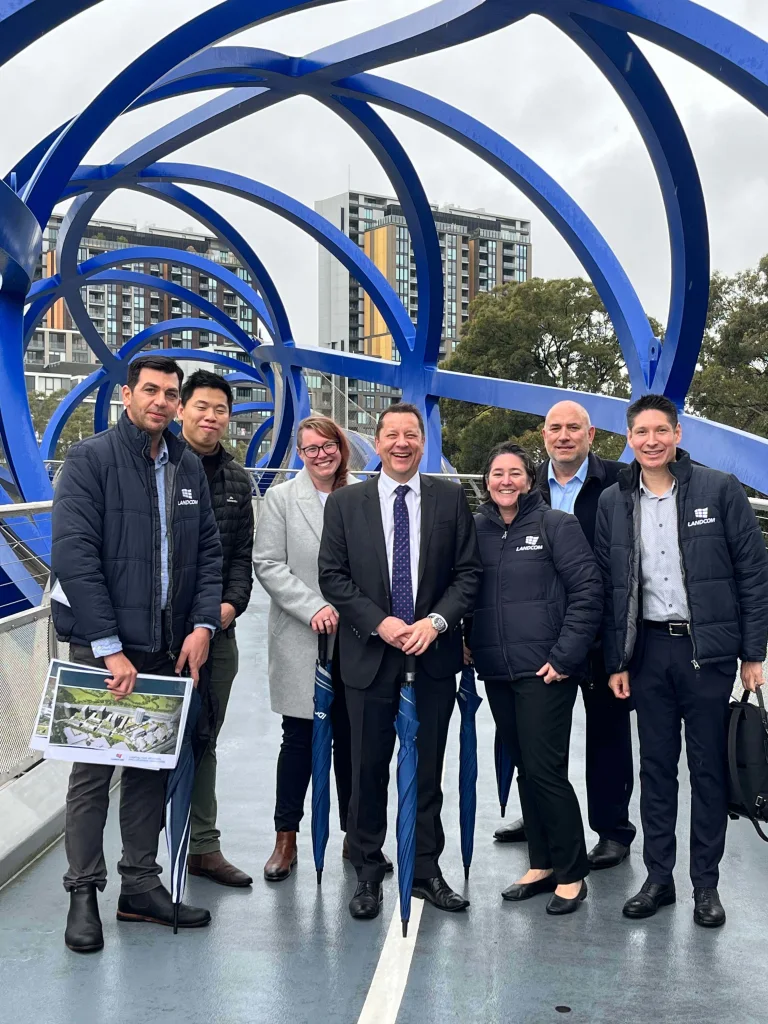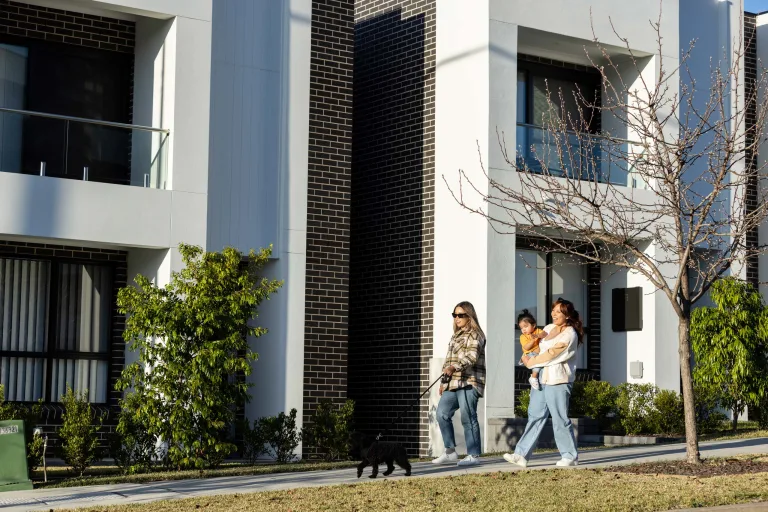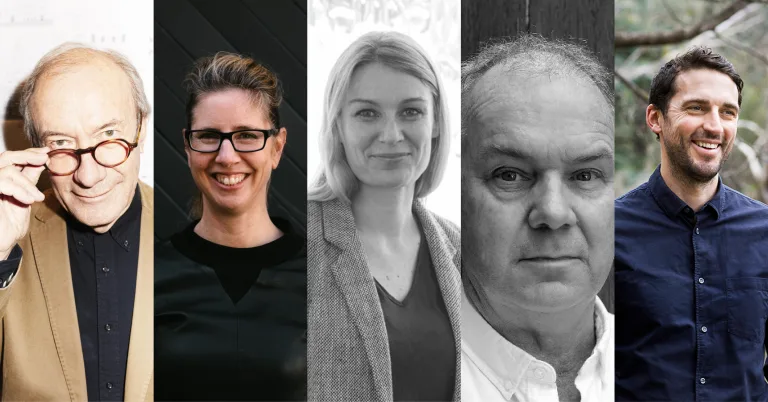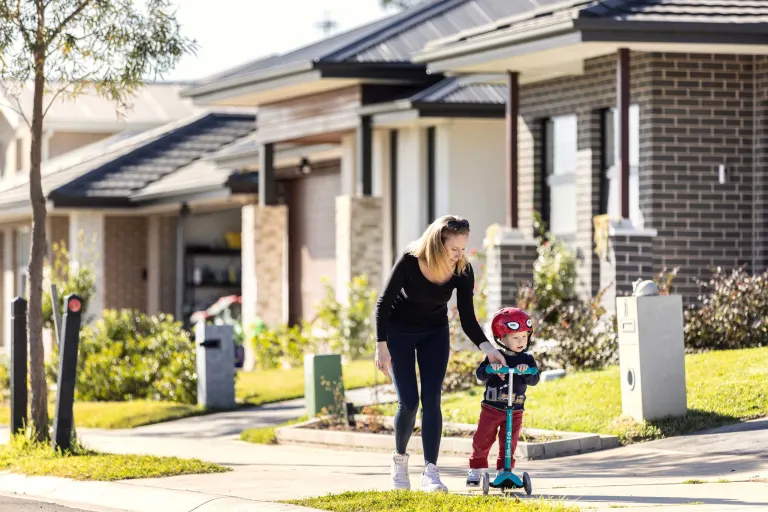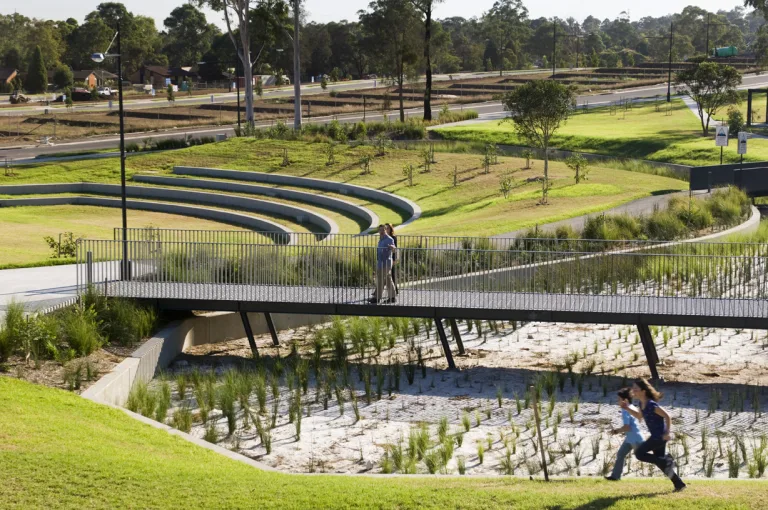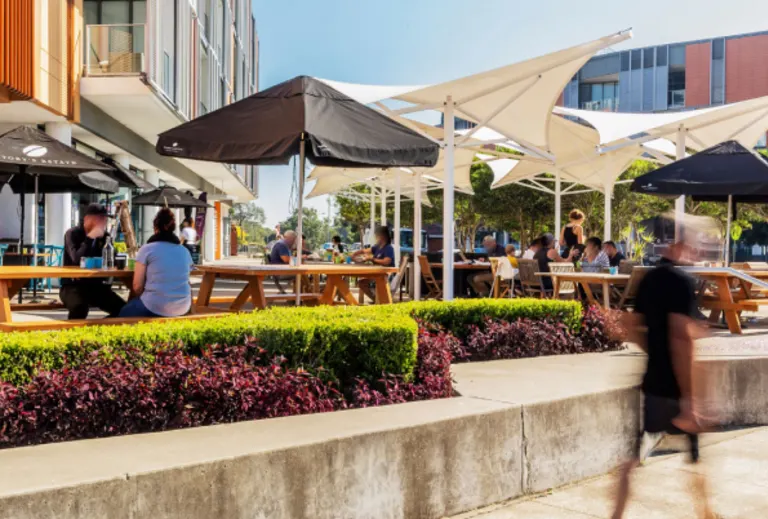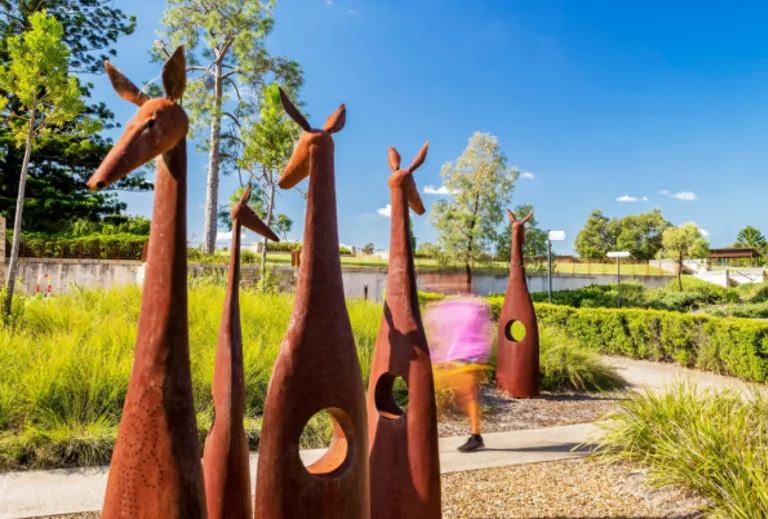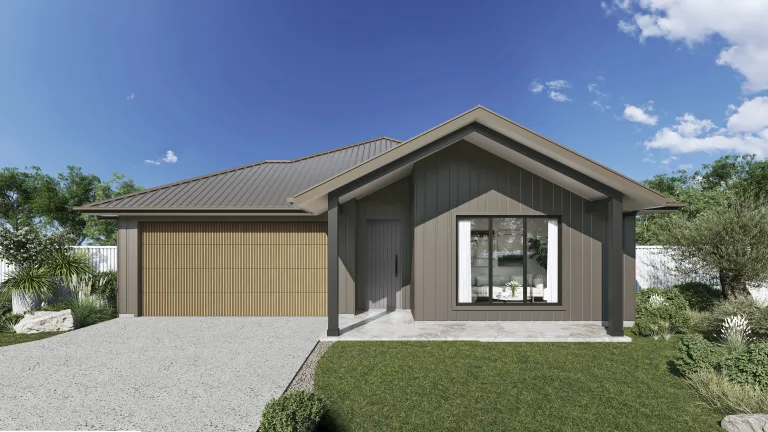
Understanding distributed energy resources & energy sharing
Assessing some of the models and exploring case studies for decentralised energy
Decentralised energy is still a new concept in Australia, and not yet widely adopted. Various pilot projects are exploring its application allowing participants to learn, innovate and identify where system-wide changes are needed.
These pilots also provide insights into how local groups, such as councils, can adopt, whether in whole or in part, the most suitable strategies for their particular conditions and needs.
Network-led community batteries
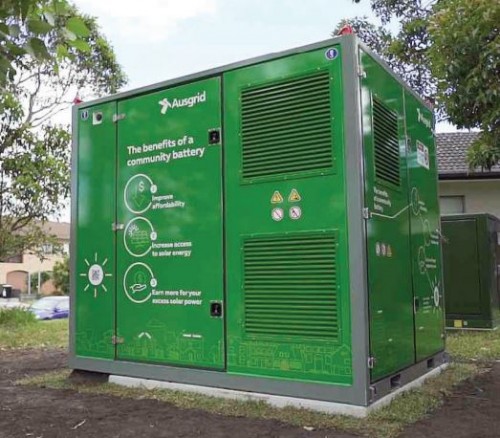
Under the model of network-led community batteries, a distributed network service provider (DNSP) installs and manages a battery where there’s a high level of residential and commercial solar, with abundant peak-time demand. This allows the DNSP to decide how best to use local distributed energy resources (DERs) to maintain network performance, reliability and security.
The battery mostly balances loads (electricity from the DNSP’s grid) with electricity generated by local DERs and imported back into the grid.
For example, 200 Lake Macquarie residents earn credits against electricity charges by contributing power to Ausgrid’s Community Battery from their existing solar DERs
Developer-led embedded network
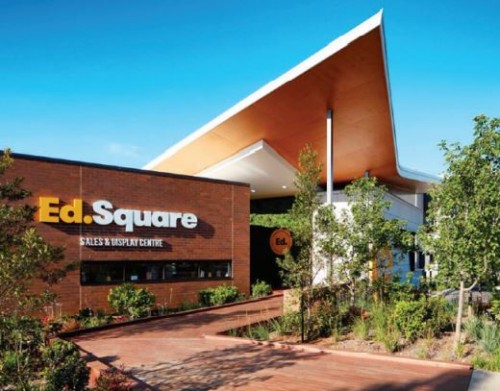
A developer-led embedded network is often seen in new residential community developments, where the property developer takes advantage of government incentives.
For example, at Ed. Square in Edmondson Park in Sydney, 51 townhouses and an adjoining shopping area operate together as an embedded network run by Frasers Property Australia. They share energy generated onsite by solar panels on residential, retail and community spaces, lowering energy costs for all customers and reducing emissions.
Network-led whole-of-community distributed energy resources (DERs)
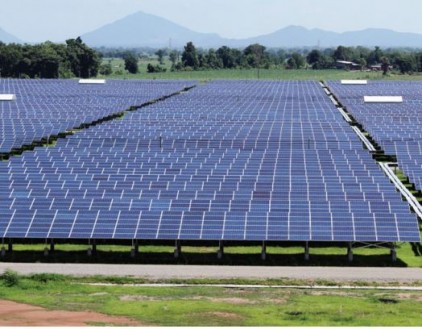
Network-led whole-of-community distributed energy resources (DERs) occur where a distributed network service provider (DNSP) funds local DERs in locations, such as a mining town. It is best suited to remote communities, where the cost of connecting to the wider grid is often very high.
For example, In Western Australia, Horizon Power is building a new microgrid in the Pilbara town of Onslow. It relies on solar cells and batteries partly owned by Horizon Power and partly by customers, who share energy across the network.
Community-led medium to large scale virtual power plant
A community-led medium to large scale virtual power plant (VPP) is where a community finances, builds, owns and operates a group of distributed energy resources (DERs).
A community-owned retailer manages electricity sales, adds other local DERs (like residential solar and batteries) and offers peer-to-peer trading throughout the community network.
Community-led medium to large scale VPP are usually non-profit, financed by the community and are aimed at meeting local demand, delivering cheaper energy and lower emissions. They require a minimum pool of customers, a baseline community electricity load covered by a renewable energy project (such as a solar or wind farm) and work best with a community battery.
For example, Community Energy for Goulburn (CE4G) is a NSW co-operative that owns, controls, manages and operates a 1.8-megawatt solar farm on 2.2 hectares. It sells energy to institutional users at a fixed price over a fixed term, such as 5 or 10 years, in what is called a Power Purchase Agreement (PPA). Sales can be limited to locals (including co-op members) or expanded if the power project generates more electricity than can be used locally.
Another example of a community-led medium to large scale VPP is the Enova Byron Bay Arts & Industry Estate Microgrid.
Peer to peer (P2P) trading
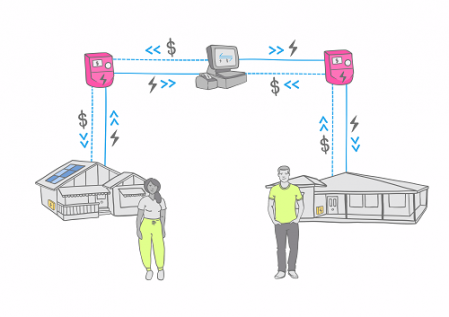
Peer to peer (P2P) trading offers the potential for households to buy and sell local excess energy to their neighbours or a family household without the need for a third party i.e. a retailer. The energy flow is ‘virtual’ in that the electricity is not physically delivered to the other household but goes into the network and contributes to the renewable energy pool. The transaction is recorded on a P2P platform and is settled between the parties.
Current Australian Electricity Market rules only allow registered retailers to sell electricity, however, some retailers may enable some type of P2P trading within their systems and outside of the market, and trials are progressing for potential future implementation.
New technology providers in this domain in the market include:
- Power Ledger: an Australian technology company that has developed a blockchain-enabled P2P renewable energy trading platform
- Lo3 Pando: Lo3 is a US-based company that has developed a P2P trading platform called Pando.
- Greensync Decentralised Energy Exchange: Greensync is a Victorian company that began the development of the Decentralised Energy Exchange (deX) in 2017. deX is initially called an “exchange platform”, enabling the capture of any DER in a marketplace and providing visibility to DNSPs to help with network management. The ongoing development is to transition to a P2P trading platform.
Retailer-led virtual power plant (VPP)
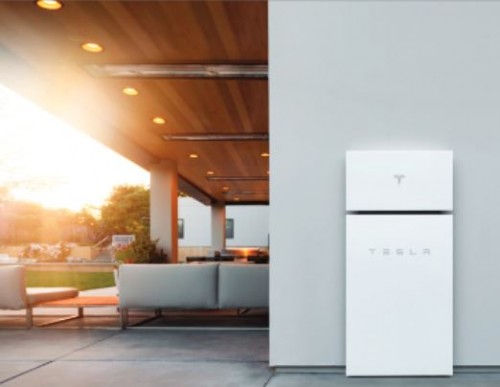
Retailer-led virtual power plant (VPP) is where the retailer agrees to take excess electricity from customers who have distributed energy resources (DERs) with batteries.
The electricity is aggregated and used by the retailer for specific needs (e.g. importing local energy saves the retailer from having to buy more from market generators when demand rises).
Retailers offering VPP services include Social Energy, AGL, Energy Locals/Members Energy, Sonnen Power Club, Origin Energy, Energy Australia and Discover Energy.
AGL’s Bring Your Own Battery is a VPP program that provides a $1000 subsidy on a battery, $100 one-time bill credit and ongoing $45 bill credit each quarter. AGL uses part of the battery to manage loads and the household uses the rest.
Other example offers of this option are listed below:
Distributed energy aggregator
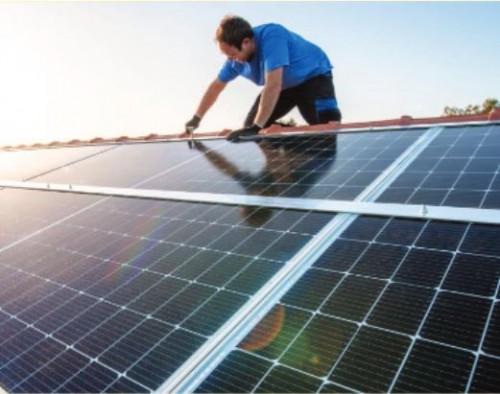
Distributed energy aggregator is usually a commercial operator that collects all unused energy generated by local distributed energy resources (DERs), such as household solar, bundles it up and sells it back to the grid. The goal is to enable distributed network service providers (DNSPs) to balance energy flows and pass on savings to members.
For example, in Project EDGE (Energy Demand and Generation Exchange) in the Hume region of north-east Victoria, DNSPs Mondo and AusNet Services are running a trial marketplace that trades energy and works to maximise the economic return to local DERs, while minimising the cost of energy supply to customers.
A collaboration between
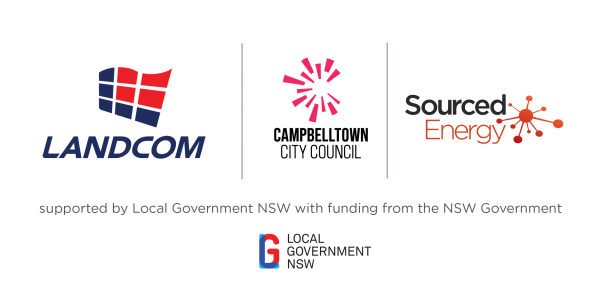
Landcom notes the findings as a contribution to the ongoing exploration of ways to enable community energy sharing in NSW but does not endorse specific conclusions and recommendations. Users are advised to seek professional advice and refer to the relevant regulations, as necessary, before acting in relation to any matters covered by this paper.
